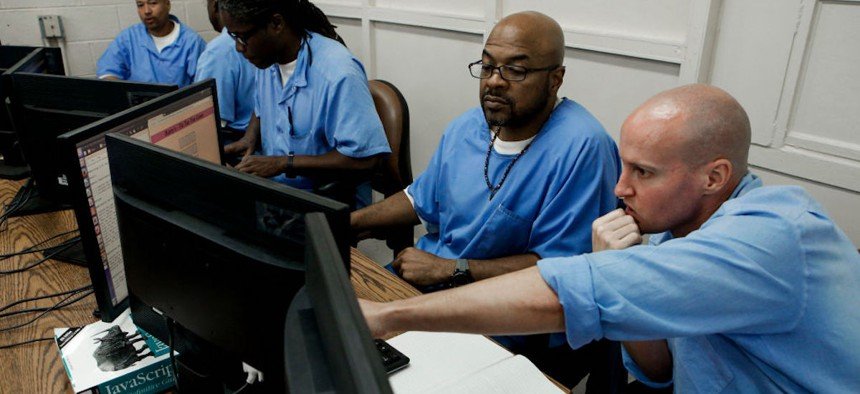By The Center for Human Rights
The COVID-19 pandemic has spurred urgent and growing concerns about the health of immigrants held in detention centers in the United States. In fact, awareness of the problem is not new: in 2016, the Department of Homeland Security (DHS) inspector general raised deep questions about the agency’s preparedness for a possible pandemic event,[1] concerns that were reiterated last December when the Centers for Disease Control and Prevention (CDC) denounced DHS for having medical infrastructure it described as “not sufficient to assure rapid and adequate infection control measures.”[2]
Here in Washington, over the course of recent years, increasing activism by people detained at the Northwest Detention Center[3] (NWDC) and community supporters has spurred pointed criticism by elected officials at the local, state, and national level of conditions within the facility. Sustained media attention and multiple lawsuits have also forced the facility to defend its practices. In March 2020, the Washington State Legislature passed HB 2576, a law mandating inquiries into state and local oversight mechanisms regarding conditions in the NWDC, further underscoring the perceived need to address gaps in understanding regarding the health and welfare of those housed within the facility.
In this context, the UW Center for Human Rights (UWCHR) considers it important to make our ongoing research on conditions within the NWDC available to the public. As part of our longstanding effort to examine the human rights implications of federal immigration enforcement in our state, UWCHR has sought, since 2017, to obtain information about conditions of detention in public and private detention facilities where immigrants are housed in Washington state.[4] While our efforts to obtain information about conditions within the NWDC have been only partially successful due to the lack of transparency surrounding the facility, the information we have obtained is sufficiently concerning, particularly in the context of the COVID-19 pandemic, that we are choosing to share our initial findings with the public even as our collection and analysis of further data continues.
This report will be published as a series discussing areas of human rights concern at the facility, including background, methodology, and relevant human rights standards; sanitation of food and laundry; allegations of medical neglect; use of solitary confinement; COVID-19 and health standards; reporting of sexual assault and abuse; and uses of force and chemical agents. The report includes research updates covering concerns about cleanliness at the detention center going unanswered and a look at the context for Charles Leo Daniel’s death at the NWDC.
The Henry M. Jackson School of International Studies, University of Washington






